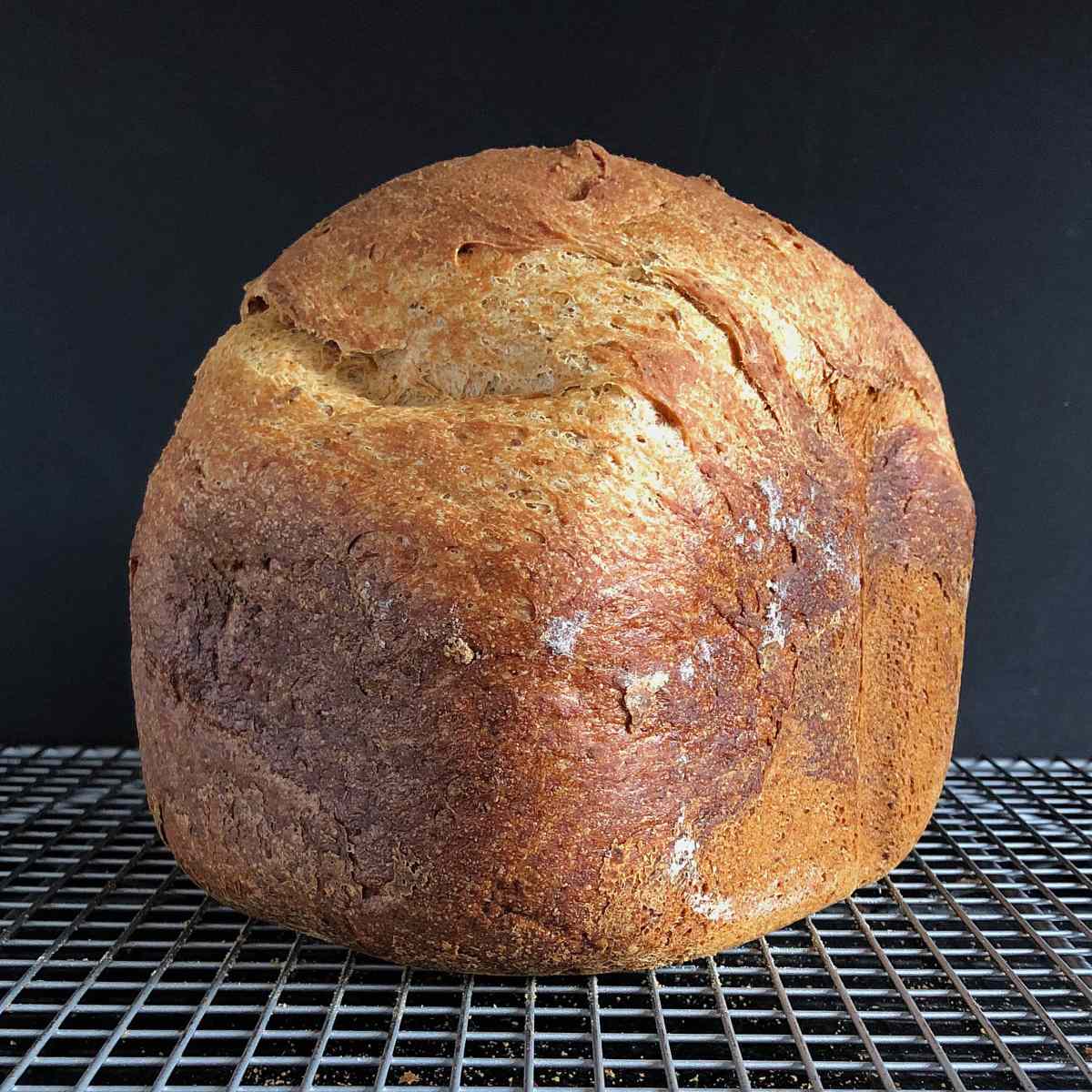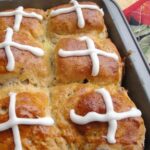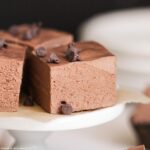Imagine the warm, comforting aroma of freshly baked bread filling your kitchen, a delightful treat achievable even with gluten restrictions. This guide unveils the secrets to crafting delicious gluten-free bread using your bread maker, transforming simple ingredients into golden-crusted loaves and fluffy rolls. We’ll explore a range of recipes, from basic foundational loaves to more adventurous creations incorporating herbs, seeds, and nuts, all while mastering techniques for achieving optimal texture and flavor.
We’ll journey through the essential steps, from understanding hydration levels and flour choices to troubleshooting common issues like dense textures and uneven baking. Whether you’re a seasoned baker or a complete beginner, this comprehensive resource will empower you to create gluten-free bread that rivals—and even surpasses—traditional recipes, all from the convenience of your bread maker. Prepare to embark on a culinary adventure, where each loaf is a testament to the possibilities of gluten-free baking.
Advanced Gluten-Free Bread Recipes and Techniques

Mastering gluten-free bread baking requires understanding flour blends and incorporating techniques that compensate for the lack of gluten. This section explores advanced recipes and techniques to achieve superior texture and flavor in gluten-free bread made with a bread maker.
Unique Gluten-Free Bread Recipes
These recipes showcase the versatility of gluten-free baking by incorporating unique ingredients to enhance both flavor and visual appeal. Each recipe is designed for use in a bread maker, simplifying the process while maximizing results.
Rosemary and Walnut Gluten-Free Bread: This loaf boasts a vibrant, rustic appearance. The crust is a deep golden brown, speckled with the dark flecks of walnuts. Inside, the crumb is open and airy, with pockets of air creating a light and fluffy texture. The aroma is intensely fragrant, a delightful blend of earthy rosemary and nutty walnuts. The walnuts provide a pleasing textural contrast to the soft crumb, adding a delightful crunch with each bite. The rosemary subtly permeates the bread, adding a sophisticated herbaceous note that complements the nutty flavor of the walnuts.
Sun-Dried Tomato and Basil Gluten-Free Focaccia: This focaccia displays a rich, deep orange hue from the sun-dried tomatoes, interspersed with vibrant green specks of fresh basil. The surface is beautifully textured, with characteristic dimples and a slightly crispy crust. The interior is moist and slightly chewy, with a vibrant, herbaceous flavor profile. The sweetness of the sun-dried tomatoes is balanced by the fresh basil, creating a harmonious flavor combination. The texture is pleasantly soft and yielding, making it perfect for dipping in olive oil or balsamic glaze.
Pumpkin Spice and Pecan Gluten-Free Bread: This loaf presents a warm, inviting appearance. The crust is a light golden brown, with the occasional visible pecan adding textural interest. The crumb is moist and dense, with a rich, deep orange color from the pumpkin puree. The aroma is reminiscent of autumn, with the warm spices of cinnamon, nutmeg, and cloves mingling with the sweet scent of pecans. The pecans add a satisfying crunch, contrasting with the soft, tender crumb. The pumpkin puree adds a subtle sweetness and moisture, contributing to the bread’s overall deliciousness.
Gluten-Free Sourdough Bread in a Bread Maker
Creating gluten-free sourdough bread in a bread maker requires careful attention to the sourdough starter and fermentation process. This recipe provides a detailed step-by-step guide, emphasizing visual cues for optimal results.
Sourdough Starter Preparation: Begin by combining 50g of gluten-free flour blend (a blend high in starch is recommended) and 50g of filtered water in a clean glass jar. Stir until a smooth paste forms. (Image: A glass jar with a smooth, slightly creamy, off-white paste inside. The paste is homogenous, with no visible lumps.) Cover loosely with a lid or cheesecloth and let it sit at room temperature (around 70-75°F) for 24-48 hours. Observe the mixture; you’ll notice bubbles forming as the wild yeasts and bacteria begin to ferment. (Image: The same jar, now showing numerous small bubbles throughout the paste, indicating active fermentation. The paste may have slightly increased in volume.) Feed the starter daily by discarding half and adding 50g of gluten-free flour and 50g of water. Continue this process until the starter doubles in size consistently after feeding, indicating it is ready for use. (Image: The jar now showing a noticeably larger volume of bubbly, slightly risen paste. The paste is active and shows a healthy fermentation process.)
Bread Making Process: In your bread maker, combine the active sourdough starter (about 100g), 300g gluten-free flour blend, 250ml lukewarm water, 5g salt, and 10g sugar. (Image: Bread maker bowl with the ingredients combined; the mixture is a thick, slightly sticky dough.) Select the dough cycle on your bread maker. After the dough cycle is complete, let the dough rise in a warm place for about an hour, or until doubled in size. (Image: The dough in the bread maker bowl has noticeably increased in size and is puffy and airy.) Shape the dough gently and place it in a lightly greased loaf pan. Let it rise again for another 30 minutes. Bake according to your bread maker’s instructions. (Image: The shaped dough in a loaf pan, showing a slightly rounded top and increased volume.)
Gluten-Free Flour Blend Comparison
Different gluten-free flour blends yield varying results in bread making. This comparison highlights the impact of flour blend composition on texture and crumb structure.
A bread made with a blend predominantly composed of rice flour will result in a bread with a more dense and slightly gummy texture. The crumb structure will be relatively compact, with smaller air pockets. (Image: A slice of bread showing a compact crumb structure, a pale color, and a slightly dense texture.) Conversely, a bread made with a blend incorporating significant amounts of tapioca starch or potato starch will have a lighter, airier crumb. The texture will be more tender and less dense, resulting in a softer bread. (Image: A slice of bread with a more open crumb structure, showing larger air pockets, and a lighter, fluffier texture.) A blend incorporating a balance of starches and other flours, such as almond flour or sorghum flour, will likely produce a bread with a good balance of texture and moisture, avoiding extremes of density or gumminess. (Image: A slice of bread showcasing a crumb structure that is neither too compact nor too open, with a good balance of moisture and texture.)
Mastering the art of gluten-free bread making in your bread maker is a rewarding experience, opening a world of delicious possibilities. From simple everyday loaves to gourmet creations, this guide has equipped you with the knowledge and recipes to confidently create breads that are both delicious and satisfying. Remember the importance of precise measurements, proper hydration, and experimenting with different flour blends to achieve your desired texture and flavor profile. So, preheat your bread maker, gather your ingredients, and embark on your gluten-free baking journey. The fragrant, golden loaves awaiting you are a testament to the delicious possibilities within reach.
Common Queries
Can I use any gluten-free flour blend in a bread maker?
While many blends work well, some may require adjustments to liquid ratios for optimal results. Always check the specific blend’s instructions.
How do I store leftover gluten-free bread?
Store gluten-free bread in an airtight container at room temperature for up to 3 days or freeze for longer storage.
Why is my gluten-free bread crumbly?
This could be due to insufficient hydration or using a flour blend that’s too low in starch. Try adding a tablespoon or two of liquid at a time until you achieve the desired consistency.
My gluten-free bread is dense. What went wrong?
Overmixing, insufficient yeast, or an incorrect flour blend can lead to dense bread. Ensure you’re following the recipe carefully and using fresh yeast.
Can I use a different type of yeast?
Active dry and instant yeast are both suitable, but follow the specific instructions for your chosen yeast type as activation times may vary.


